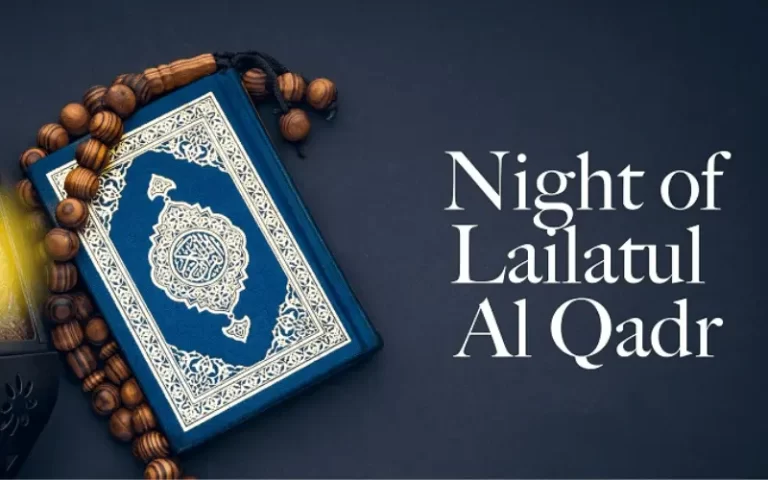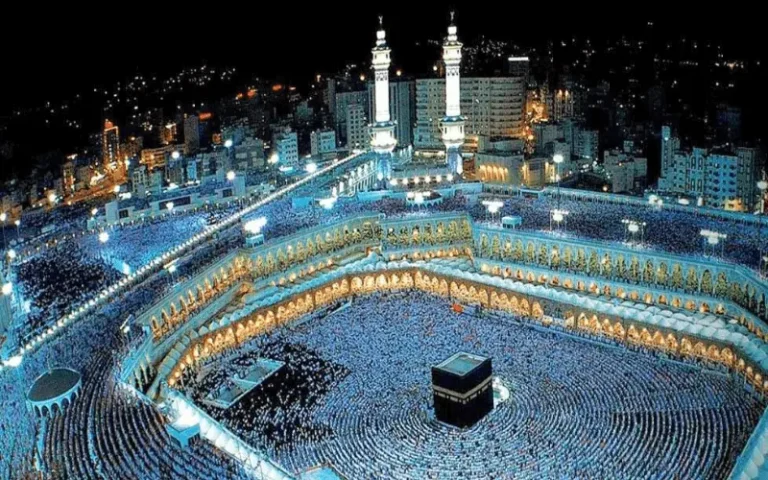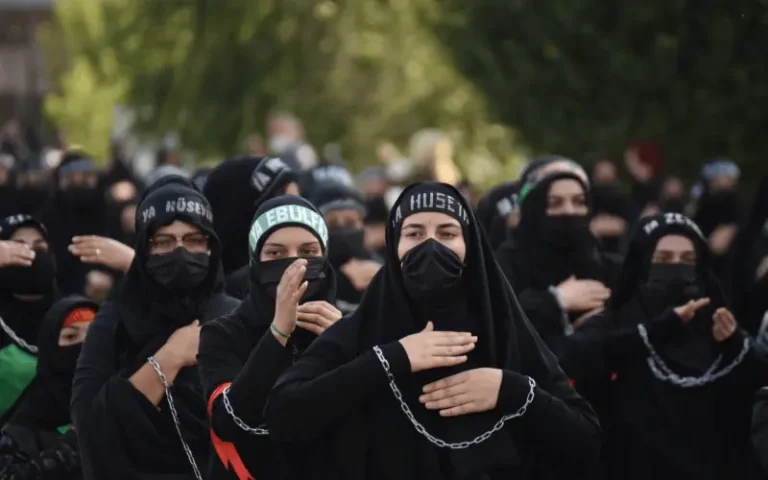All Saints Day
On November 1st, Christians celebrate All Saints Day, a day dedicated to honoring saints. This solemn occasion is part of the Days of the Dead, which also includes the vibrant Halloween Day festivities and Day of the Dead.
All Saints Day is an occasion of reverence and remembrance that holds a cherished place in the Christian tradition. Saint Day is dedicated to honoring the lives of saints, martyrs, and all the faithful departed who have left an indelible mark on the faith. All Saints Day is a holy day of obligation.
Within the rich tapestry of Christian tradition, All Saints’ Day stands as a luminous thread, weaving together themes of unity and spirituality. This day holds profound significance, bridging the earthly and divine realms and acting as a testament to the enduring legacy of those who have unwaveringly followed the path of righteousness.
All Saints Day Facts
Date: November 1st
Purpose: Honor Saints
Origin: Early Christianity
Celebration: Church Services, Grave Visits
Symbolism: Role Models, Intercessors
Global observance: Worldwide Celebration
Tradition: Candles, Prayers, Images
Connection to Halloween: Follows All Souls Day
2. All Saints Day Meaning and Purpose
All Saints Day, at its core, is a day of illumination where the brilliance of holiness shines forth. Its primary objective is to commemorate and venerate the countless saints, both known and unknown, who have exemplified unwavering devotion, righteousness, and selflessness in their lives.
3. Historical Roots and Development of All Hallows Day
To grasp the essence of Feast of All Saints, we must trace its historical roots and evolutionary journey. In the early Christian church, this occasion finds its origin evolving over centuries to its present form. It was observed in May before, but in the eighth century, Pope Gregory III relocated it to November 1st to correspond with the ancient celebration of Halloween day, therefore integrating Christian meaning into existing customs.
4. Date and Timing for Solemnity of All Saints
Celebration date (November 1st)
All Saints Day, a date etched in the hearts of believers, is observed with deep reverence on November 1 All Saints Day each year. This carefully chosen date is a beacon of spiritual significance, serving as a day of solemn commemoration for the saints, martyrs, and all those who have exemplified unwavering faith.
Connection with early Christian martyrs
The roots of the Holy Day of Obligation run deep, intertwining with the heroic stories of early Christian martyrs. All Saints Day, in the start, was set to honor these courageous people who braved oppression for their beliefs. Over time, it expanded to encompass all saints, but its connection to these early martyrs remains a testament to the resilience of faith in the face of adversity.
5. Church Traditions and Customs of All Saints Day
a. Religious Observance: The Spiritual Gathering
On the Feast of All Souls, significant church services and complex liturgical practices take place. Believers gather in places of worship to offer their All Saints Day prayers and praises, reflecting on the lives of the saints and drawing inspiration from their unwavering faith. The liturgy is infused with a sense of reverence creating a sacred atmosphere that unites the congregation.
b. Commemoration of the Faithful Departed
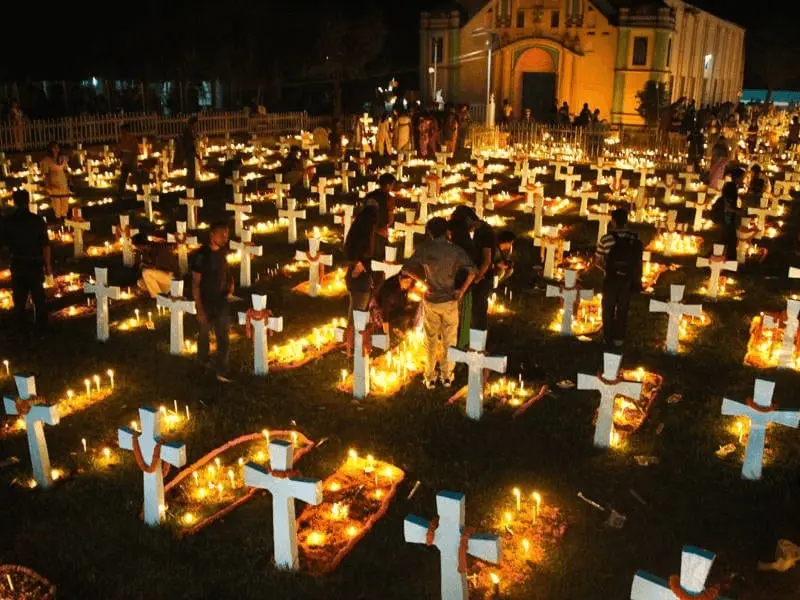
Another cherished tradition of All Saints Day involves visiting Cemeteries and Graves. Families and friends pay their respects to their departed loved ones, adorning graves with flowers and symbols of remembrance. It’s a solemn act of love and remembrance, a way to keep the memories of the departed alive in their hearts.
c. The lighting of candles and offering prayers: Illuminating the Spirit
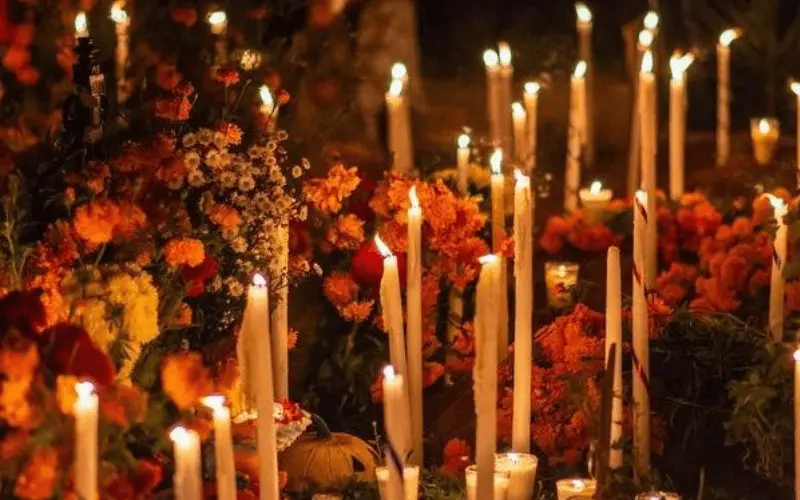
The lighting of candles holds profound symbolism on All Saints’ Day. As night falls, candles lit up to symbolize the triumph of light over darkness and the enduring presence of faith. People offer prayers for the departed, seeking solace and guidance from the spiritual realm, creating a serene and contemplative atmosphere.
6. Saints in Christian Belief
What is a Saint? : Embodiments of Holiness
A Saint to Christian belief is a person whose life and actions exemplify extraordinary holiness and devotion to God. They are seen as living models of faith, demonstrating unwavering commitment to Christian principles.
Characteristics of Saints: Virtues and Grace
The exceptional virtues of Saints are the following:
- Humility.
- Compassion.
- Selflessness.
- They radiate grace and inspire others through charity.
- Kindness.
- Self-sacrifice
Prominent Canonized Saints: Icons of Faith
Throughout Christian history, the Church officially canonized certain saints, saints of the day becoming revered icons of faith. Notable examples include:
St. Francis of Assisi is known for his love of nature.

St. Teresa of Ávila celebrated for her mysticism.

Commemoration of Non-Canonized Individuals: Honoring Unsung Heroes
Beyond the canonized saints, All Saints Day commemorates non-canonized individuals who lived virtuous lives and quietly contributed to their communities. It is a day to recognize the everyday heroes whose deeds often go unnoticed but are no less significant in the eyes of God.
How does the invocation of all the saints assist the faithful in becoming the saints that God has called them to be? All Saints’ Day transcends mere tradition; it embodies a profound call to holiness for believers worldwide.
One of the most cherished quotations from Saint Teresa of Calcutta resonates deeply:
“Holiness is not the luxury of a select few; rather, it is a simple duty for you and me.”
Saint Teresa
This profound insight reminds us that the path to sanctity is not reserved for a privileged few but is a call to action for every individual. It reminds us that the path to sainthood is attainable through an unwavering commitment to God’s commands and a loving union with Him. In this way, All Saints’ Day serves as a timeless beacon, guiding us toward lives of deeper faith, compassion, and selflessness.
7. Regional Variations and Customs: Diverse Expressions of Faith
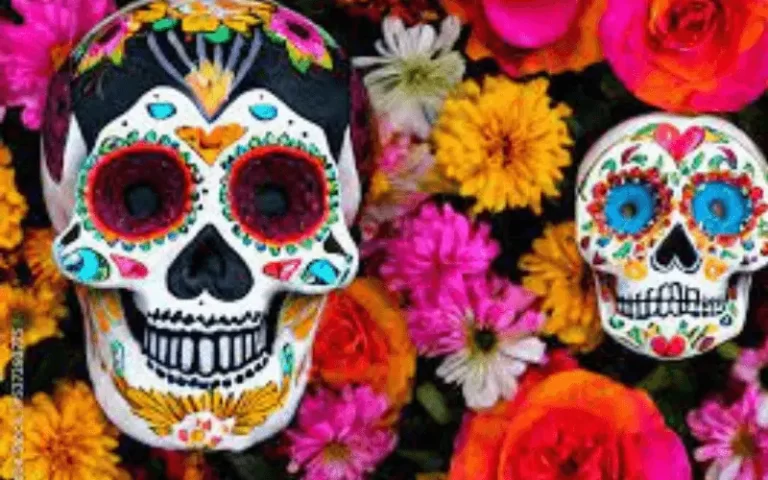
While the core principles of All Saints’ Day remain consistent, regional variations and customs add rich layers of diversity to the celebration. For instance, in Mexico, the Day of the Dead (Dia de los Muertos) intertwines with All Saints’ Day and includes vibrant displays of sugar skulls and marigolds.
In Poland, it is customary to visit cemeteries and light candles at the graves of loved ones. These regional nuances reflect the dynamic interplay between faith and culture, showcasing the adaptability and enduring significance of global.
Conclusion
All Saints’ Day is a Solemn commemoration celebrated globally in the Christian faith. It is a time to honor saints, martyrs, and the faithful departed, emphasizing their dedication to holiness. Unique regional customs, Church services, cemetery visits, candle lighting, and all contribute to the rich tapestry of this sacred observance.
Frequently Asked Questions:
What do Catholics do on All Saints Day?
On All Saints Day, Catholics commemorate all recognized saints, attending church services and often visiting cemeteries to pray for the deceased.
Why is Halloween called All Saints Day?
Halloween is not called All Saints Day. Halloween (or All Hallows’ Eve) precedes All Saints Day and has Celtic and Christian origins, involving costumes and treats.
What is the difference between the Day of the Dead and All Saints Day?
The Day of the Dead (Dia de los Muertos) is a Mexican tradition to honor deceased loved ones with altars, sugar skulls, and marigolds, while All Saints Day is a Christian holiday to honor all saints in heaven.
What are three facts about All Saints Day?
Three facts about All Saints Day:
1. Celebrated on November 1st.
2. It honors all known and unknown saints.
3. It originated in the early Christian church.
What is the difference between the Day of the Dead and All Saints Day?
The Day of the Dead (Dia de los Muertos) is a Mexican tradition to honor deceased loved ones with altars, sugar skulls, and marigolds, while All Saints Day is a Christian holiday to honor all saints in heaven

